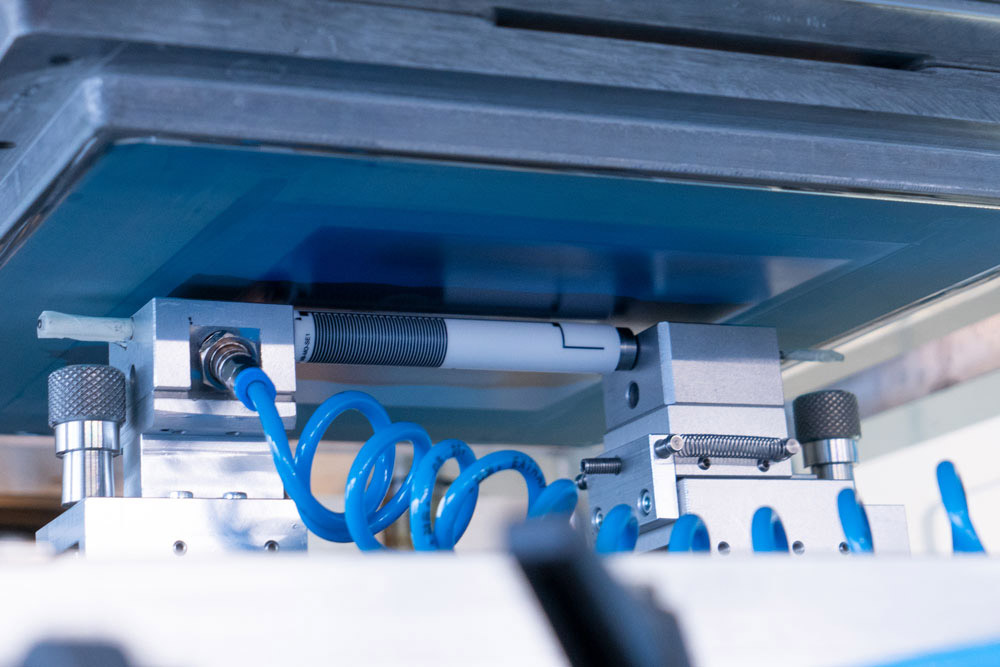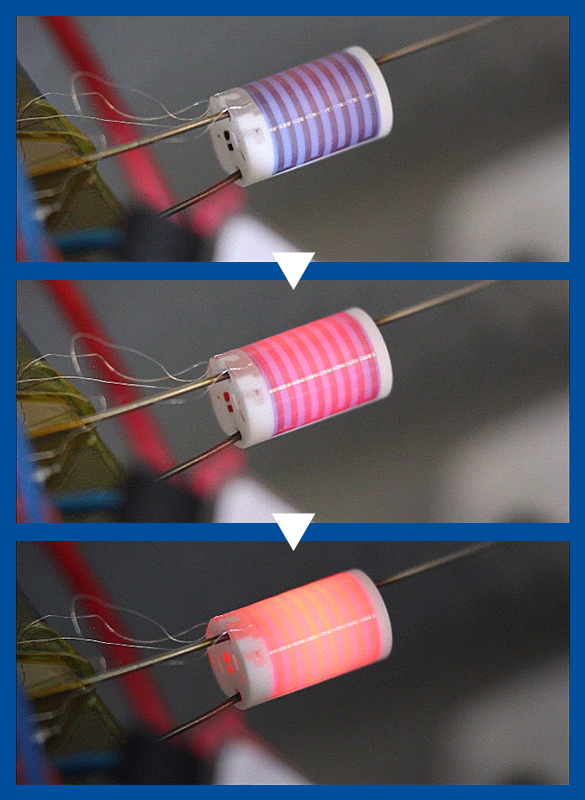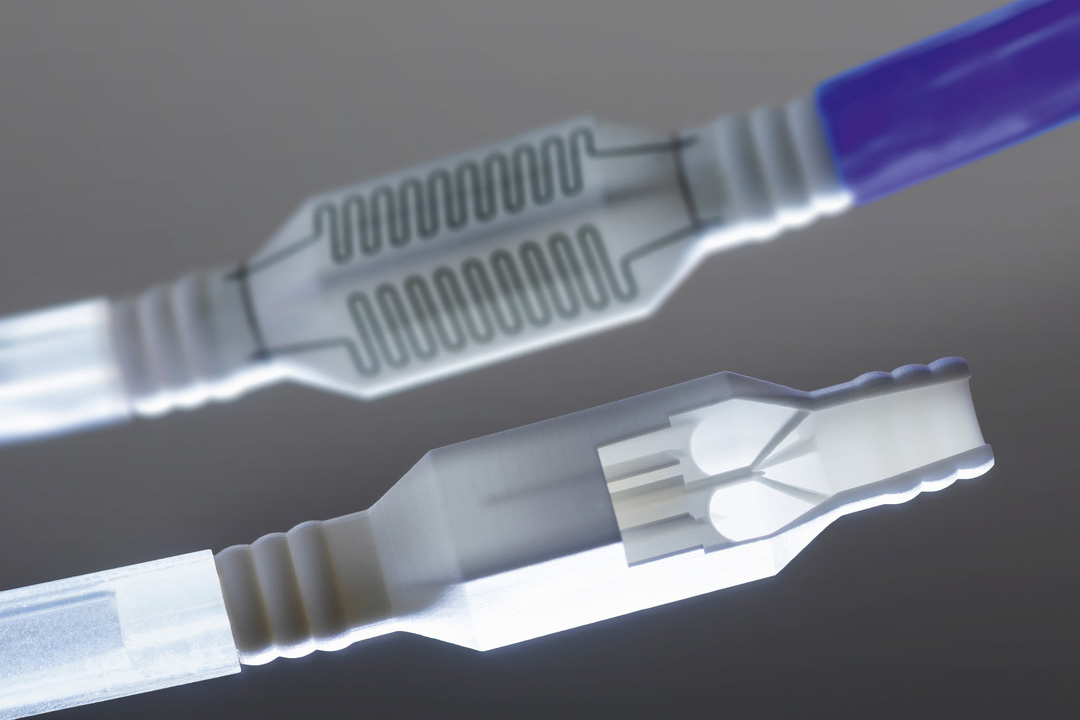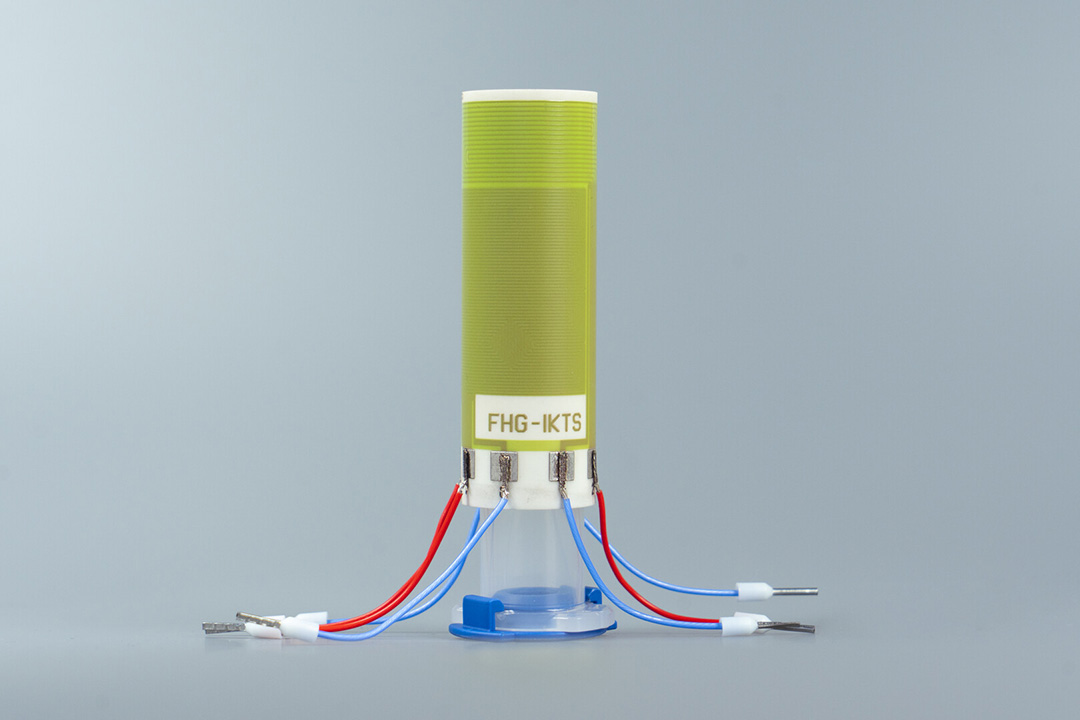Harsh environmental conditions with high thermal, chemical and/or mechanical loads are a particular challenge in the logging of process-relevant parameters in almost all areas of industry. Here, highly integrated sensor measurement systems with metallic or polymeric components reach their limits and impede real-time-based data acquisition for adaptive control and regulation technology. Ceramic-based multi-material components, on the other hand, meet the requirements in terms of robustness, miniaturization and reliability. Fraunhofer IKTS has a unique technology platform for this purpose, with which the respective advantages of the different technology lines can be ideally combined and thus, functionalities can be generated that were previously not feasible. Possible applications include electronics, biological and chemical analysis, sensor technology and process technology.
Technology platform for highly integrated, ceramic-based measurement systems for process monitoring and control
Topic
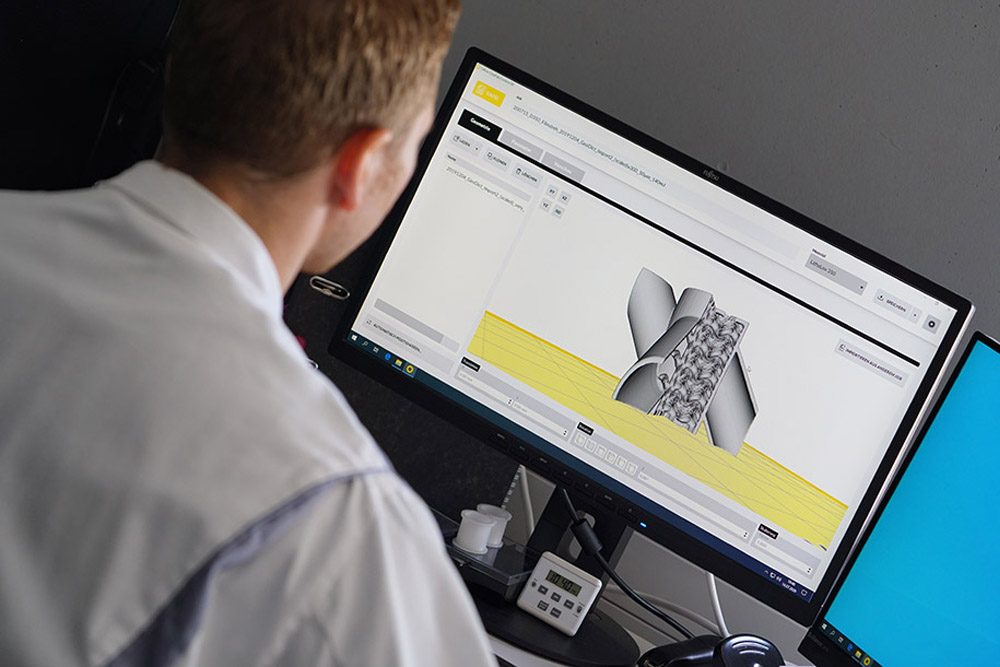
Technology line 1: Ceramic shaping processes
Through the targeted selection of materials and combination of different shaping technologies, ceramic components are created for industrial use in measurement and control technology, which have advantages, such as chemical and thermal resistance, high hardness, low density or certain biological properties, while at the same time having complex geometries. Innovative 3D printing processes are used for particularly demanding geometric requirements, such as different wall thicknesses or concealed heating and cooling channels. Vat photopolymerization (CeramVPP) has proven to be the best method for aluminum oxide-based electronic components.
Technology line 2: Thick-film and direct writing processes
The ceramic components can then be functionalized by means of screen printing, aerosol jet printing or jet dispensing. For this purpose, layers of sensor or actuator active, electrically conductive, thermally conductive and/or insulating pastes or inks are applied to the ceramic and burned in. For this, the paste or ink formulations can be adapted to the specific application with regard to their solids (solids content, PGV) and binder system (type, viscous behavior, wetting behavior). A special feature is circular screen printing, which can also be used to functionalize tubular elements or 3D molded bodies without any problems if the application requires a greatly enlarged functional surface, as is the case with heaters or sensors.
Technology line 3: Packaging and interconnection technology
For the electrical contacting of the ceramic multi-material components as well as the assembly of further electronic components, a wide range of assembly and connection technologies, such as soldering, bonding, welding, wire bonding or sintered assembly, is available. In order to use the multi-material components at temperatures of up to 600 °C or even higher, optimized AVT technologies and temperature-stable inorganic adhesives, solder materials and bond wires are used. The high reliability of the multi-material components contacted and assembled in this way is verified using various adapted analysis and characterization methods. A unique feature here is characterization for operating temperatures of up to 600 °C.
| Surface heater | Fluid heater | Flow sensor |
|
|
|
|
|
|
The examples represent only a part of the possibilities of the technology platform and can be extended in many ways. Further sensor (temperature, pressure, pH, acceleration, flow, etc.) or actuator functions (heaters, valves, etc.) have already been implemented.
Services offered
- Application-specific material selection (suspension, ink, paste, solder, adhesive, wire)
- Component design and manufacturing (3D printing of complex molded parts, thermal dimensioning and layout production of functional layers)
- Assembly and joining technologies (soldering, bonding, wire bonding – also for high temperatures > 600 °C)
- Reliability testing (humidity, heat, current carrying capacity, partial discharge, dielectric strength, mechanical characteristics up to 600 °C etc.)
